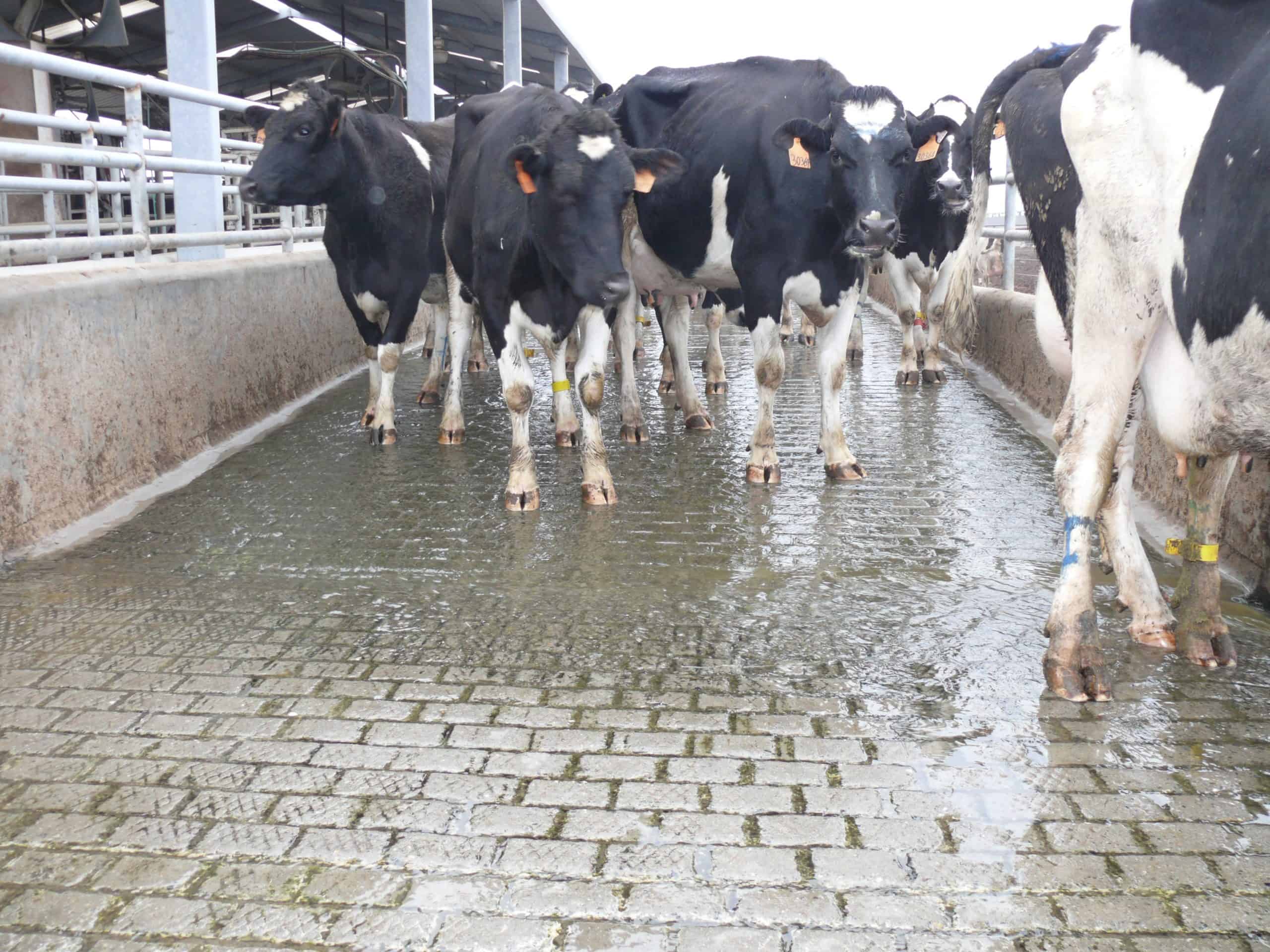
The multiple challenges of fighting the “good fight” against infectious hoof disease can make it tough to gauge the real extent of lameness in your dairy herd. They can also inadvertently lead to some cows being retreated for the same stubborn hoof lesion at every trimming, while others who may need it go untreated.
Noted veterinary researcher Dr. Nigel Cook of the University of Wisconsin–Madison has authored a new guide that more effectively systematizes lameness management in large and small dairy herds. Calling current statistics “deeply flawed,” Cook aims for a truer picture of the extent—and causes—of lameness within an operation, outlining a defined plan for permanently reducing lameness levels over time.
Several years in the making, Cook’s system starts with locomotion scoring at specific intervals, based on herd size, and monitors the proportion of cows with abnormal locomotion scores over time. Detailed recordkeeping throughout ensures that all cows are accurately assessed, while also identifying the prevailing causes of lameness.
Among the primary trigger factors for lameness, Cook’s study calls digital dermatitis (hairy heel wart) “by far the most common infectious lesion found in dairy herds.”
When you’re fighting digital dermatitis and other infectious hoof diseases, manage it by implementing a regular footbath program using copper or zinc sulfate footbaths with HoofMax® by AgroChem, Inc. Producers use HoofMax to increase copper/zinc potency which promotes hoof hardness, and helps fight digital dermatitis and other diseases.
If you’re looking to limit the amount of formaldehyde being used, producers may want to consider using a HealMax®, as well. This formaldehyde-free solution helps reduce the incidence, severity, duration and recurrence of digital dermatitis in lactating dairy cows.
For more information on protecting herd hoof health, consult your hoof trimmer or veterinarian.
SOURCE: Nigel B. Cook MRCVS, “A Guide to Investigating a Herd Lameness Problem,” University of Wisconsin-Madison School of Veterinary Medicine.